
- Homeowners
- Professionals
- Products
- Back
- PlasterBoards
- Metal Framing & Accessories
- Jointing and Finishing
- Gypsum Plasters
- Ceiling Tiles
By material Type
By Category
- Resources
- About
- Careers
- FAQ's
Regular, uninteresting ceilings are a thing of the past. If you’re remodeling your home interiors, it won’t be perfect unless you have an exquisitely crafted false ceiling in place! False ceilings not only improve the beauty of your home but also assist in concealing unattractive electrical wiring and AC ducting, as well as insulate against noises. However, to make it last, using good-quality material is of prime importance. Gypsum boards and plaster of Paris (POP) are two of the most preferred materials used to make a false ceiling. Gypsum and POP share some properties, such as being bulky, heat-insulating, and fire-retardant. Nevertheless, false ceilings of these materials have their own set of advantages and disadvantages. While they both have gypsum as a base, they are not the same.
In this article, you will learn about the benefits and drawbacks of each.
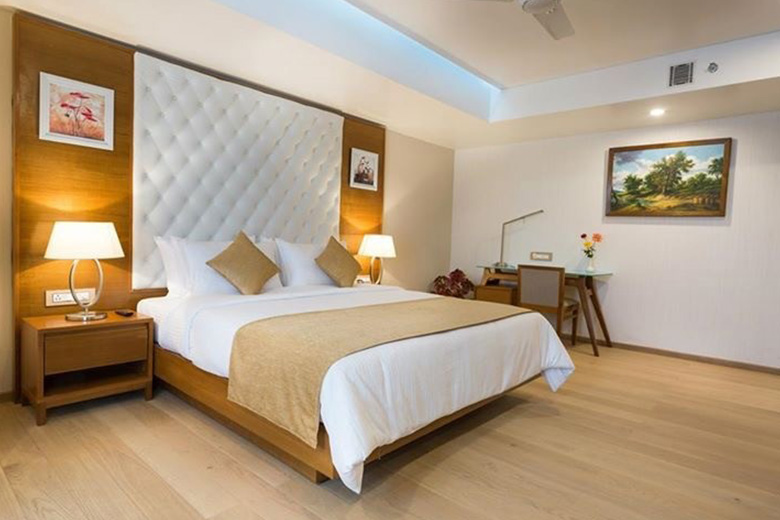
Gypsum board false ceilings are made from gypsum plasterboards, which are screwed to a metal frame that is attached to the soffit. Because gypsum plasterboard comes in bigger sheets than POP sheets, there are fewer joints. A jointing compound is used to complete the joints. Installing gypsum plasterboard is a quicker, cleaner, more convenient, and safer process because there is less waste and dust produced as a result of the procedure. Gypsum plasterboard is more durable than POP. The hydrophobic attributes of gypsum boards are one of the major reasons they are used for false ceilings.
Plasterboards are another name for gypsum boards and are made of gypsum, which is hydrated calcium sulfate with a lengthy shelf-life. Prefabricated gypsum boards are made in a factory and erected on the job site using metal frameworks. These boards are typically made in sizes of 4 × 6 feet, 4 × 8 feet, and 4 × 10 feet and are available in varying thicknesses of 9, 12, and 15 mm. Choose only high-quality, rust-resistant metal frames for long-term durability. These are primarily used in places that involve a central air-conditioning system.
One of the leading manufacturers of gypsum ceiling boards and plasters is Gyproc. They are a subsidiary of the Saint-Gobain Group, the world’s largest maker of ceilings, drywalls, and gypsum plasters. Gyproc gypsum plasterboards are a supreme wall and ceiling choice for today’s constructions, offering remarkable outcomes in contexts of fire rating, sound absorption, heat insulation, and moisture resistance.
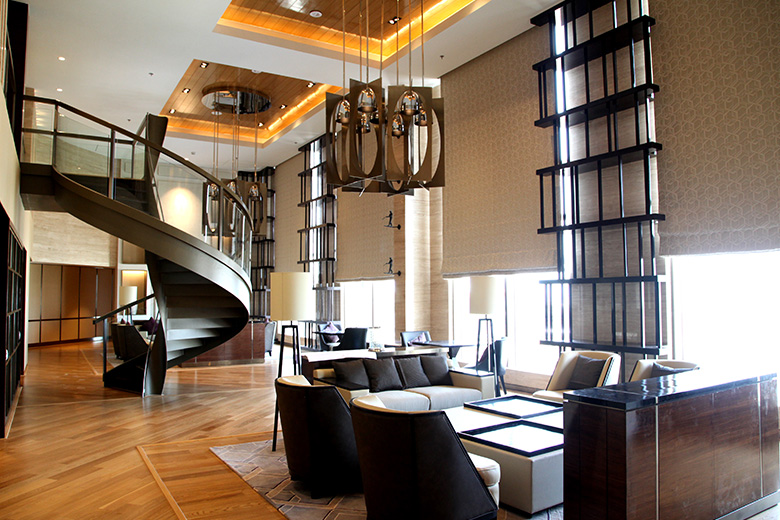
Plaster of Paris, also known as POP, is a powdered form of low-moisture gypsum or calcium sulfate. When the light powder is combined with water, it rehydrates and hardens back into gypsum in the shape of the mold. In approximately 10 minutes, the slurry begins to set and solidifies in the form of interweaving particles, achieving resilience and toughness. To create a POP false ceiling, the paste is applied to a chicken net onsite, sculpted to the required shape and dried until it reaches the highest possible hardness, which takes almost more than a month to set. POP ceilings are smooth and moldable, allowing them to flawlessly fit unpleasant corners. These are famous because homeowners can choose any layout they want.
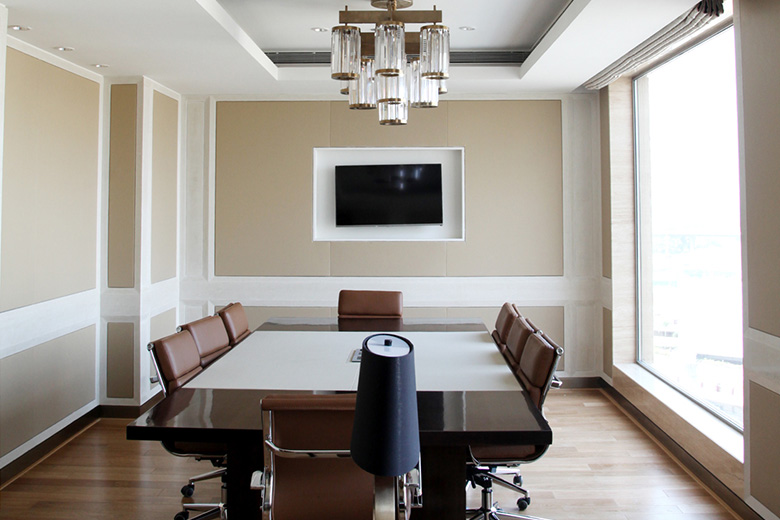
| Basis of Difference | Gypsum | POP |
| Costing | Generally, it is more expensive than POP. | Approximately 25% cheaper than Gypsum |
| Waste/Residue | Because Gypsum boards are sold in specific sizes and based on the measurements of the room, there can be a lot of waste. | There is less waste because you can only mix the quantity of powder that is required. Although, it can be a messy process because of the mixing and setting of the powdered gypsum. |
| Moldability | Because the board is flat, it cannot be molded or sculpted to the desired shape. POP is required for all cornices. | Can be sculpted for cornices, molded, and curved as per requirement |
| Cracks | Since it is a flat board, it does not crack easily. | Cracking is possible depending on the craftsman and the quality of the POP mix. |
| Finish | Has joints that must be secured with POP slurry | The joints are completely seamless and smooth. |
| Installation Time | Because the panels are produced in the factory and assembled and finalized on-site, the turnaround time is extremely short. | Because POP ceilings are installed on spot, the process is time-consuming. |
| Labor | This work can be done by semi-skilled laborers. | Knowledgeable artisans are required to ensure that the blend is done properly and in the appropriate ratio. |
| Design and Aesthetic | Flowing grooved ceilings are more troublesome to achieve but not unattainable. Gypsum and POP, both must be used in the process. | Ceilings can take on any pattern or design. Complex designs are easily achievable. |
| Repairs | Repairs are difficult to manage. Because the boards are attached to a metal framework, if they need to be repaired, the entire board must be reinstalled. | Repairs are simple, and only a tiny part of the ceiling needs to be cut into and remodeled if necessary. |
| Water Resistance | If moisture makes its way into the gypsum ceiling from leaking roofs or air conditioning drain tubes it can lead to fungal growth or warping. | POP ceilings are water-resistant. |
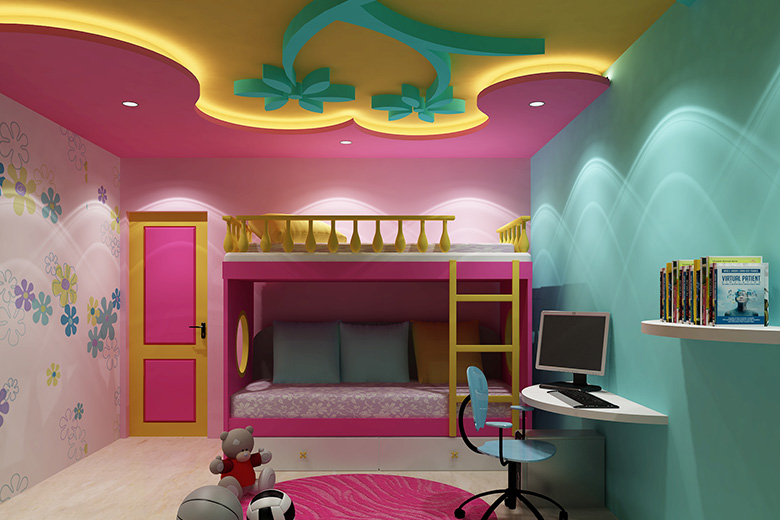
Gypsum is the preferred material for false ceilings in most urban centers because the pricing has very little impact on the customer. Because the benefits outweigh the drawbacks as regards finish, installation process, and cleanliness, property owners are ready and able to pay the higher price. Furthermore, if the aesthetic is laborious or complicated, such as involving organic forms or various layers, gypsum will do the job most proficiently. Gypsum is popular among homeowners because it saves time and works well with other materials such as glass and plywood.
A Gypsum ceiling is a preferable alternative if you are considering a dropped ceiling with a straight-line pattern and are short on time (and also don't mind spending a little more). A POP ceiling, conversely, is a great option if you want a distinctive ceiling design with fluid lines and curves, and don't mind investing a little more time to achieve the look you desire. Remember that you can have the best of both worlds even if your ceiling is mostly constructed of gypsum board by including POP portions.
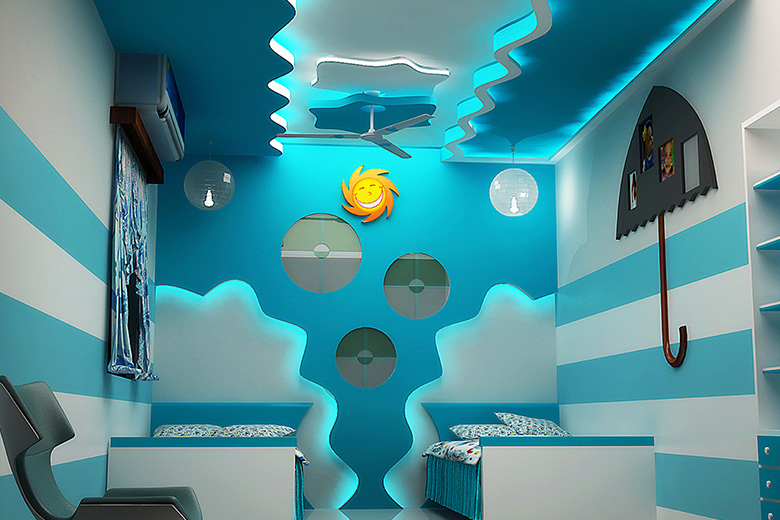
It’s usually advisable to employ a professional interior designer and obey their recommendations for the best false ceiling, whether it’s pop or gypsum. When it comes to artificial ceilings, these are some of the most prominent proposals offered by designers:
More Articles